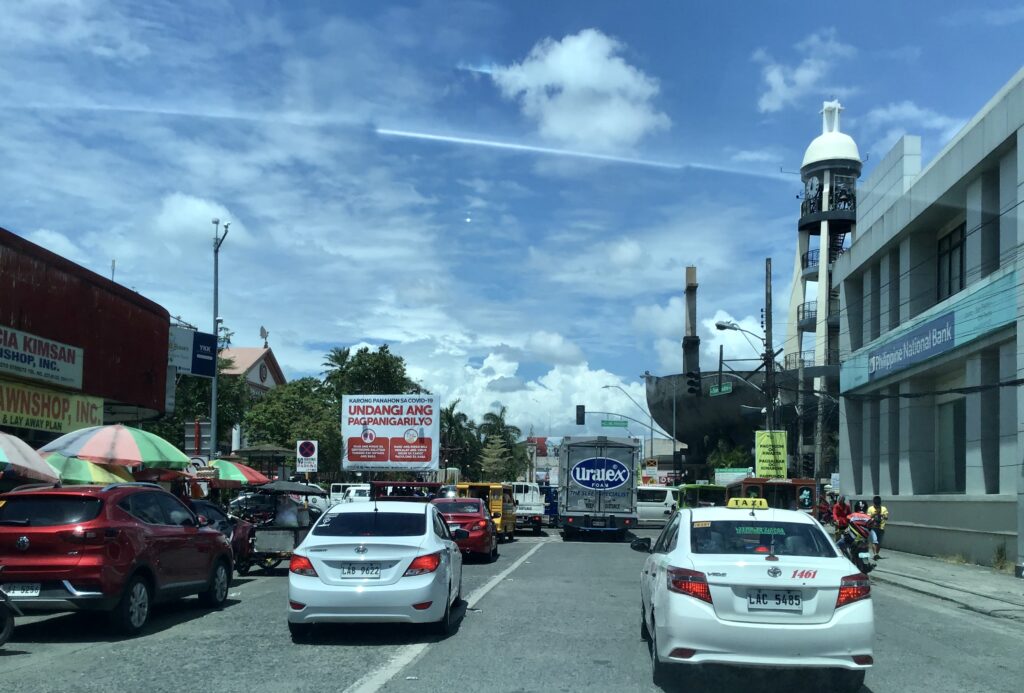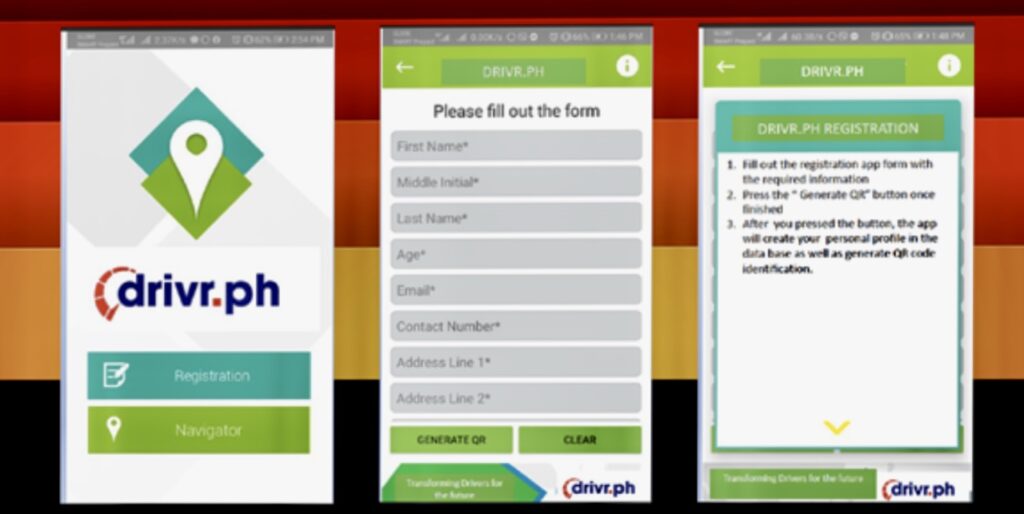Text and Photos by Henrylito D. Tacio
Additional Photo from DOST
Two days after celebrating Independence Day four years ago, residents of Davao City woke up with sad news that nine people died on the spot, two more pronounced dead on arrival, and eight others injured when a passenger van hit a 6-wheeler forward truck. The accident happened at Kilometer 21 in Budbud, Bunawan district.
The van, coming from the town of Monkayo and going to Davao City, tried to overtake another vehicle. The driver didn’t see the speeding truck on the same lane that resulted in a collision and caused the sudden death of more than half of the 16 passengers.
“The speed limit ordinance of Davao City is aimed specifically at putting an end to deadly vehicular accidents in the city,” said Paolo Duterte. He was then vice-mayor in a statement issued after the accident.
“When it was first implemented four years ago, we saw a remarkable decrease in deaths from vehicular accidents,” the eldest son of President Rodrigo Duterte pointed out. “This year though, we again observed an increase in incidents of vehicular mishaps.”
The particular incident is one of the many road accidents that happen every now and then in the country. Among the most common ones are crashes, collisions, rollovers, and pedestrians hit by various types of vehicles. Also included are those people who die as a result of a vehicle plowing into the roadside homes, stores, and stalls.
Road accidents kill someone every 24 seconds, with a total of 1.35 million traffic deaths around the world each year, according to the World Health Organization (WHO). The number of fatalities annually has increased by around 100,000 in just three years, it adds.
It may come as a surprise, but more people die from road crashes than from HIV/AIDS (human immunodeficiency virus and acquired immune deficiency syndrome), tuberculosis, and diarrheal diseases, the WHO says.

“By the year 2020, if current trends continue, the annual number of deaths and disabilities from road traffic injuries will have risen by more than 60% to number three (from number 9 in 1990) on WHO’s list of leading contributors to the global burden of disease and injury,” the UN health agency states.
Globally, it is estimated that there are now roughly 100 million families coping with the deaths or disabilities of family members who were injured in a road traffic collision, recently or in the past.
In the Philippines, 35 Filipinos die of road accidents every day, with an additional 348 left with serious disabilities, statistics show. In fact, the Geneva-based WHO has touted the Philippines as one of the “deadliest” countries in terms of road safety.
And the toll is increasing each year. From 6,869 deaths recorded in 2006, it almost doubled in 2016 with 12,690 deaths, according to a report released by the United Nations health agency.
“One death is too many when it comes to road crashes because we know that it is highly preventable,” said Dr. Gundo Weiler, WHO Representative in the Philippines. “There are proven solutions available to protect Filipinos on the road.”
To help make the country’s roads safer, the Department of Science and Technology (DOST), together with the Technological Institute of the Philippines (TIP) and Quicktrans Cargo Moving, Inc., officially inked the research collaboration agreement to develop software and hardware solutions to train Filipino truck drivers using Internet of Things (IoT) last February via a virtual signing ceremony.
Present during the signing were Elizabeth Quirino-Lahoz, TIP President; Rowena Cristina Guevara, DOST Undersecretary for Research and Development; Enrico C. Paringit, executive director of Philippine Council for Industry, Energy, and Emerging Technology Research and Development; Teddy Gervacio, Chief Executive Officer of Quicktrans Cargo Moving Inc.
“As the Philippine economy progressed in the past decade, evidenced by the expansion in the trucking industry, there is also an increase in demand for qualified professional truck drivers and helpers in fleet management and operations,” said a press release issued by the Science and Technology Media Service.
“However, the training of qualified drivers cannot cope with the increasing demand, leaving industries no choice but to accept underqualified and inexperienced drivers which often causes road accidents, costly insurance premiums, and increased risk in trucking operations,” S&T Media Service’s Jachin Jane O. Aberilla.
To address these issues, the aforementioned agencies launched the project entitled “Drivers Roadworthiness Improvement Verification Education and Readiness for the Philippine Logistics Industry” – or DRIVER PH for short. It seeks to minimize road accidents by analyzing and evaluating truck drivers’ competence on the road.
“The DRIVER PH project will combine information communication technology (ICT) solutions to monitor and record the driving attitude of drivers such as their sudden acceleration, stopping, swerving, and turning,” Aberilla wrote.

In addition, the project will also determine the degree of driving knowledge of drivers through a gamified assessment with emphasis on technical driving and vehicle roadworthiness know-how.
“The gathered data will be sent to a cloud to be processed using artificial intelligence and data analytics,” Aberilla explained. “A simplified dashboard that reports the fleet and up to individual driver reports will be accessible through a web and phone app by trucking operators.”
What DRIVER PH interesting is that it will also have a learning platform that will create suggestions on what to improve, what to maintain in practice, and what other things are needed to be learned as aided by artificial intelligence and data analytics in every trip made.
“We are currently working on the learning modules, webinars, and other materials for the learning platform,” said Engr. Felizardo C. Reyes, DRIVER PH project leader.
He added that driving rules and regulations, laws, and road courtesy materials would also be available to allow drivers to learn at their own pace. The platform will also have a special function where operators and company headquarters can supervise the progress of their drivers.
PCIEERD’s Paringit, whose agency will monitor the project, admitted that the potential of DRIVER PH is limitless.
“The same solution can be adopted in different transport sectors such as bus transport, jeepneys, taxis, TNVS, and hopefully even tricycles depending on the result and progress that it will impact in the trucking industry,” he pointed out.
Quicktrans Cargo Moving Incorporated is the technology adopter of DRIVER PH. As such, Gervacio expressed his excitement about the project. “This is the realization of our vision of having more professional truck drivers that will lead to reliable transportation of goods and services,” he said.
Guevara lauded the initiative and recognized TIP’s endeavors in research and development. “This collaboration is a great initiative given that technology adoption is also underway. This is what we aim in DOST, research turning into something useful and tangible,” she said.
DRIVER PH is a one-year project funded by the DOST-Collaborative Research and Development to Leverage Philippine Economy (CRADLE), one of the programs under the Science for Change Program (S4CP).

